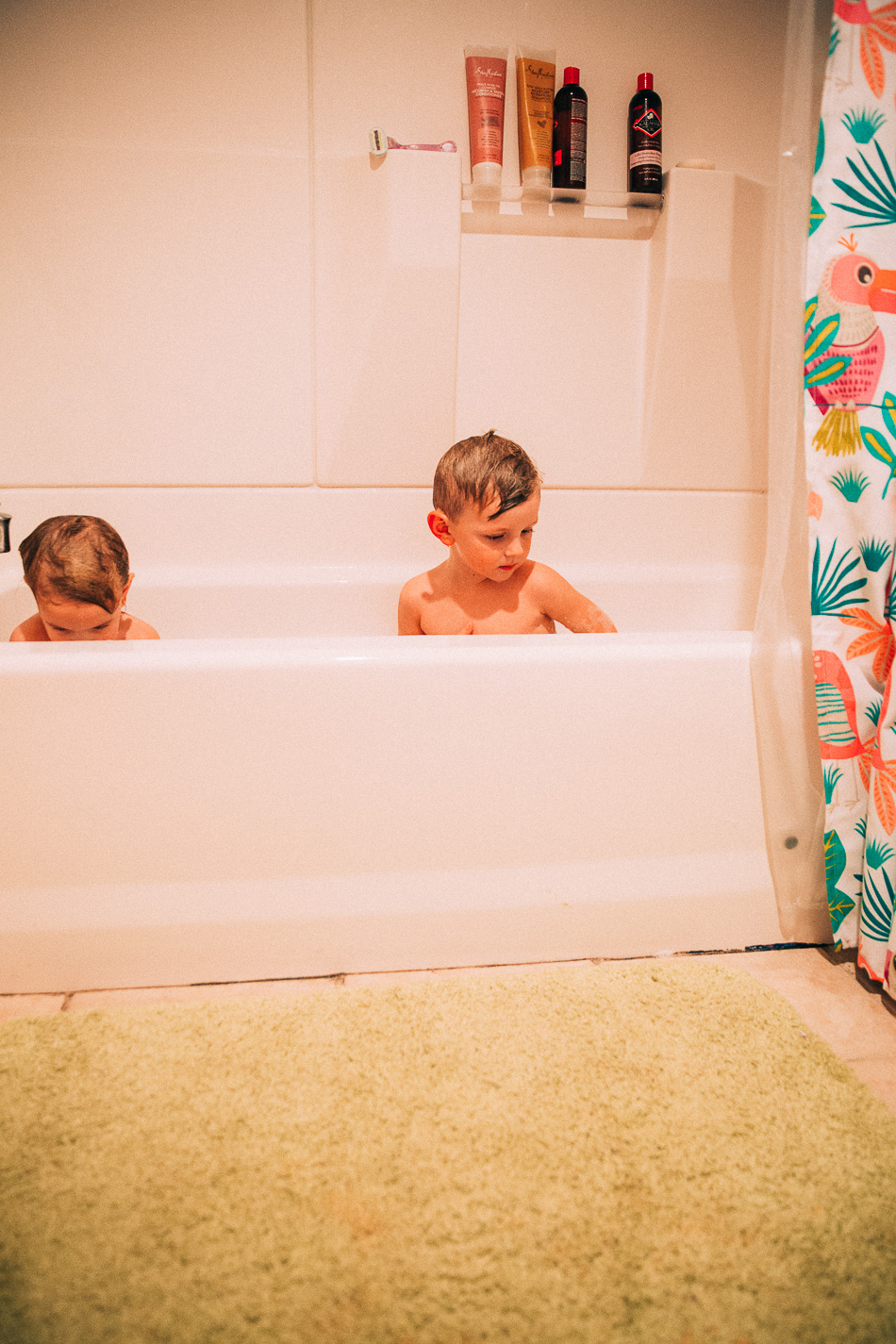
The problem with soap bubbles is that they tend to pop. Even the luminary Sir Isaac Newton studied soap bubbles hundreds of years ago. In fact, blowing soap bubbles has been a pastime since the 1500’s. When we think of the iconic bubble bath, we think of soap bubbles. Fortunately, these are common ingredients in the home making these an easy at-home treat. When these are added to water, their natural response is to fiz. In fact, these tiny bubbles are carbon dioxide that comes from reacting baking soda and citric acid, a common acid in citrus fruits. Effervescent Bubbles:īath bombs and bath fizzies create small bubbles. By 1968, they had released the world’s first integrated whirlpool bath. However, they really only achieved mass-market popularity when Candido Jacuzzi and his brothers used their airplane-manufacturing experience to make a therapeutic bath for Candido’s son. These were common in spas for therapeutic reasons. The first form of bubble bath was actually the mechanically-aerated tub. In practice, there are three-different kinds of bubbles that are used in baths.

While bubbles have been a part of bathing as long as there has been soap, it is only in the last century that we have gotten serious about making more bubbles.
#Bubble bath how to
So, let’s take a closer look at what goes into bubble baths and find out how to make sure that you maximize the health benefits of your bubble bath without any health risks. Unfortunately, many mass-produced bubble baths use chemicals that are bad for your health and the health of the planet. Not only do bubbles make bath time more fun and relaxing, they can actually act like a layer of foam insulation in your home trapping the heat in your bathwater for longer. So, whether you’re a regular bather or someone who treats themselves with an occasional soak, how do you maximize the benefits of your bath? Well, the unlikely hero of this story is bubble bath. In addition, bathing reduces levels of cortisol, the hormone most often associated with stress, and can be good for your skin. Of course, that’s not to say that baths are a substitute for exercise but they are an excellent complement because they help relax your muscles. The result is to increase blood flow and decrease the stiffness of your blood vessels. When you sit in a hot bath, your body pumps blood around your body to help you lose heat. When you run or lift weights, you get your blood flowing. That’s because hot baths give you many of the same benefits as exercise. Regular hot baths are good for your health. Modern science has confirmed what the ancients knew. However, Churchill wondered aloud if describing someone who “never had a great many baths” as being “lousy” might not be a simple statement of facts rather than a personal attack.


Of course, parliamentary rules prevented him from making personal attacks.


 0 kommentar(er)
0 kommentar(er)
